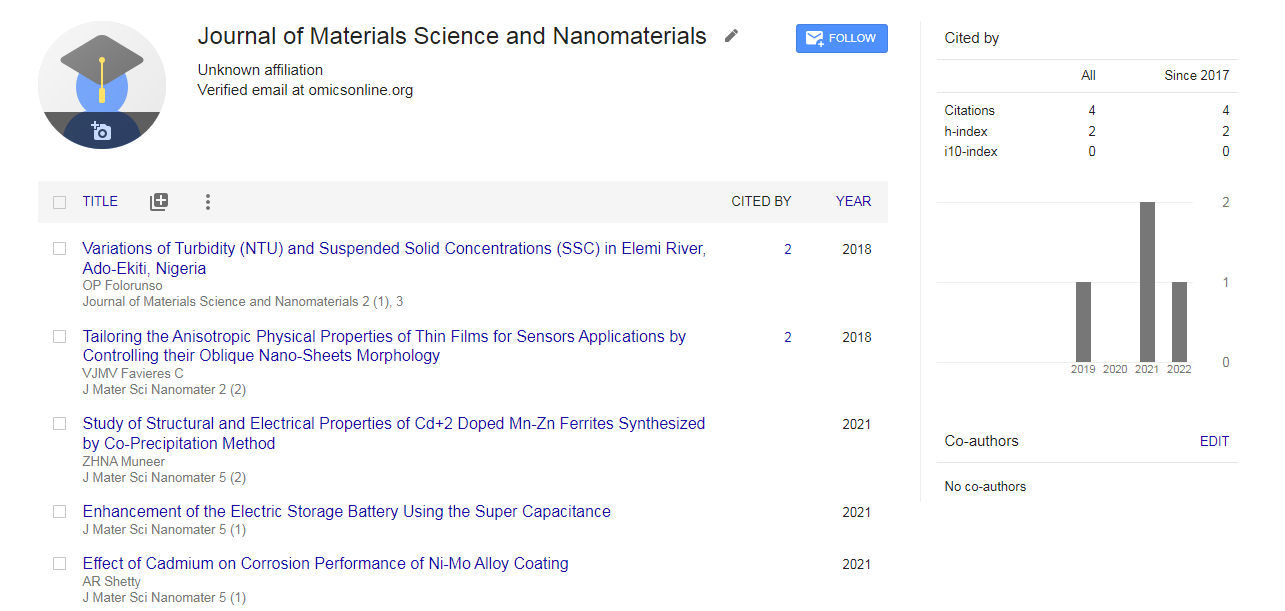Investigation and Development of Sn-Zn System as an Alternative to Sn-Pb Eutectic Toxic Solder Alloy
*Corresponding Author:
Copyright: © 2021 . This is an open-access article distributed under the terms of the Creative Commons Attribution License, which permits unrestricted use, distribution, and reproduction in any medium, provided the original author and source are credited.
Abstract
Variations of melting temperature and microstructure of six compositions based on Sn- 9wt% Zn eutectic containing small additions of copper from 0.2wt% to 1.0wt% were investigated. These six compositions of Sn-9wt%- x wt% Cu ( x = 0, 0.2, 0.4, 0.6, 0.8, 1.0) have been prepared by melting accurately weight amounts of pure metals of 99.99% in a furnace under vacuum. The possible phase transformations that may be occurred in the samples were monitored by recording thermal energy flow as a function of time and temperature using Differential Scanning Calorimetry Analysis (DSCA). From DSCA, it has been found that there are a slightly change in melting point and pasty range and increase with increasing Cu-content. The variations in microstructure with copper content have been determined using X-Ray Diffraction Analysis (XRDA). The obtained x-ray diffraction patterns show that new different phases have been formed in the ternary alloys and the crystalline size increases with increasing Cucontent. These changes in melting point and particle size were attributed to a number of factors including the formation of Cu5Zn8 IMC and Sn/Zn hypoeutectic phases in the structure after copper addition. The mechanical response of the binary and ternary alloys has been determined and correlated to the variation in microstructure and thermal characteristics

 Spanish
Spanish  Chinese
Chinese  Russian
Russian  German
German  French
French  Japanese
Japanese  Portuguese
Portuguese  Hindi
Hindi 